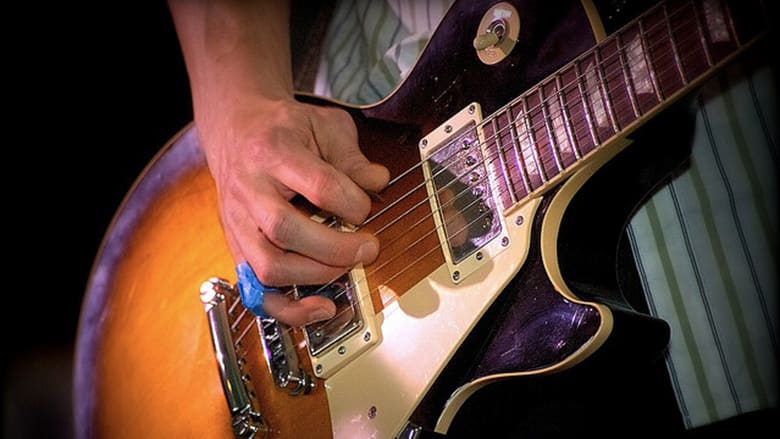Five Finger-Twisting Picking Patterns: Make Your Fingers Feel the Burn!
Learn some exercises to help you develop and internalize a variety of fingerstyle pick-hand techniques.

One of the reasons many guitarists use a pick is that they haven’t developed their pick hand for fingerstyle technique. It’s a shame, because you’re missing out on a lot of great opportunities to add color and interest to your playing, whether by fingerpicking or by using hybrid picking (pick and fingers).
One of the toughest challenges of fingerstyle guitar is mastering pick-hand finger techniques. Whether playing classical, folk or rock guitar, the pick hand is generally the weak link as you’re learning the style. In this lesson, we’re going to give you some exercises to help you develop and internalize a variety of fingerstyle pick-hand techniques. Use these to springboard to new ideas in your practice sessions and in your songwriting or performances.
When looking at the examples here, you’ll notice the letters p, i, m and a under the note heads and above the TAB. These are derived from Spanish and indicate which fingers to use, as follows:
p (pulgar) = thumb
i (indice) = index
m (medio) = middle
a (anular) = ring
Let’s start with a couple of basic fingerstyle arpeggio patters. FIGURES 1A–B are forward and reverse arpeggios paired up with a moving bass line. Independence of the thumb and fingers is a vital part of many fingerstyle-based forms of music, so be sure to develop this skill early.
FIGURES 1A–B
You should also become comfortable with simultaneously plucking stings with your thumb and fingers. In FIGURE 2A, your thumb plays a bass note on each downbeat while you simultaneously pluck a higher string with one of your remaining fingers.
FIGURE 2B is a slight variation in which you’re required to pluck two consecutive notes with your thumb instead of alternating between thumb and fingers as you’ve done so far. To further expand your fingerstyle arpeggio skills, vary the combinations of thumb and fingers, try three notes at a time, and experiment with legato embellishments.
All the latest guitar news, interviews, lessons, reviews, deals and more, direct to your inbox!
FIGURES 2A–B
Another vital technique for developing balance in your attack is fingerstyle tremolo picking. In this context, tremolo refers to the rapid repetition of a single note.
FIGURE 3 is a classical-style tremolo in which your thumb moves through the arpeggio while your index, middle and ring fingers produce a tremolo pedal on the open 1st string. Concentrate on achieving a balanced attack—both in volume and rhythm—with your three fingers. It’s really easy to slip into “galloping” rhythm when you start learning tremolo technique, so start slowly and stay balanced.
FIGURE 3
If you’re interested in the rock styles of players like Jeff Beck and Mark Knopfler, but you’re a little reluctant to put down your pick when it comes to fast single-note lines, try using the thumb-index scale technique. It’s essentially the equivalent of playing all downstokes or upstrokes with a pick. Using the combination of the thumb and index finger for your single-note lines will mimic alternate picking and provide many of the same rewards.
FIGURE 4 is an A major scale in 5th position arranged to that you will use both your thumb and index finger when crossing to a new string. Start slowly and gradually build up speed. Stick with it, and you may never have to worry about dropping or losing a pick again.
FIGURE 4
While classical and rock players often argue over the best fingerstyle technique to use for single-note lines, Flamenco players almost universally employ the rest stroke. By allowing the finger to “rest” against a lower string after plucking—much as an electric bassist does—a powerful and rapid attack can be achieved. The Flamenco term for this technique is picado, and it is usually limited to the index and middle fingers and in contexts that employ virtuoso scale runs.
FIGURE 5 is a typical Flamenco phrase based in A harmonic minor using picado with an arpeggio at the end to restate the phrase’s E major key.
FIGURE 5
Guitar Player is the world’s most comprehensive, trusted and insightful guitar publication for passionate guitarists and active musicians of all ages. Guitar Player magazine is published 13 times a year in print and digital formats. The magazine was established in 1967 and is the world's oldest guitar magazine. When "Guitar Player Staff" is credited as the author, it's usually because more than one author on the team has created the story.





